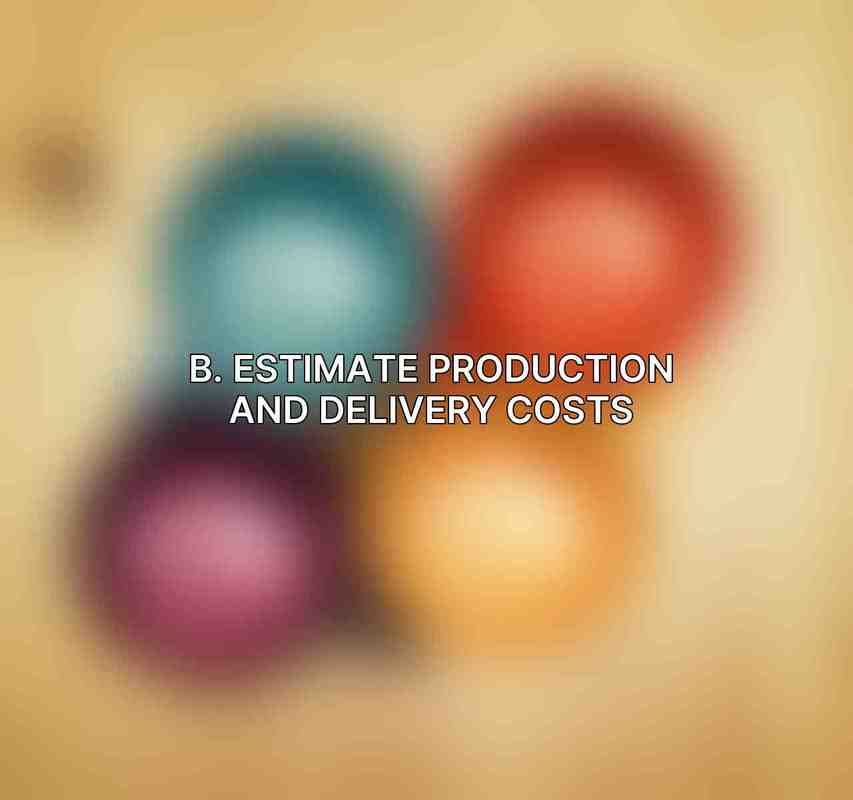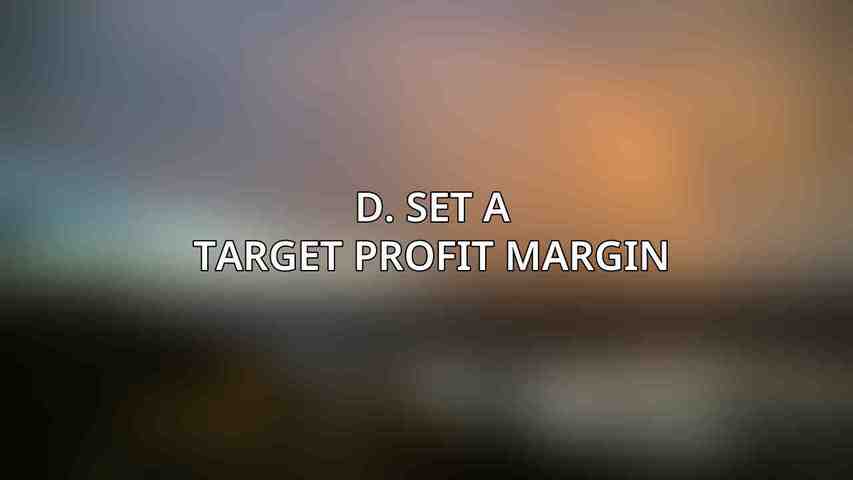Online course creators often face the challenge of setting the right price to attract customers while ensuring profitability. Here are essential steps to help you determine the optimal price point for your online course:
A. Conduct Market Research
When pricing your online course, conducting thorough market research is crucial to understanding competitive pricing, customer preferences, and industry standards.
Analyze competitor pricing: Study the prices of similar courses in your niche to gauge market expectations and differentiate your offering. See our take on Essential Teachable Course Production Tips for High-Quality Content
Survey potential customers: Gather feedback from your target audience through surveys or focus groups to understand their willingness to pay for your course.
Consider industry benchmarks: Look at established industry benchmarks to align your pricing within industry norms while considering the unique value of your course.
B. Estimate Production and Delivery Costs

To determine a profitable price point, it’s essential to calculate the costs involved in creating and delivering your online course.
Creation costs: Factor in expenses such as content development, production, and technology investments required to bring your course to life.
Marketing and advertising expenses: Include costs related to promoting your course to reach your target audience effectively.
Customer support costs: Anticipate the resources needed to provide adequate customer support throughout the course duration.
C. Determine Value to Customers
Understanding the value proposition of your online course is key to justifying the price to your customers. Find out about Ultimate Guide to Creating Courses on Teachable: Step by Step
Identify unique benefits: Highlight what sets your course apart and the specific advantages learners will gain by enrolling.
Quantify the value: Clearly communicate the skills, knowledge, or outcomes participants can expect to achieve upon completing the course. Find out about Mastering Advanced Teachable Course Creation: Tips & Tricks
Consider time and effort saved: Emphasize how your course can help learners achieve their goals more efficiently, potentially saving them time and effort.
D. Set a Target Profit Margin

Setting a clear profit margin goal will guide your pricing strategy towards achieving financial viability.
Determine your desired profit level: Define the profit margin you aim to achieve per course sold.
Calculate the markup: Calculate the necessary markup on production costs to reach your profit margin while factoring in expenses.
E. Test and Iterate
After setting your initial price, continuously monitor sales performance and be prepared to make adjustments based on customer feedback and market dynamics.
Implement tiered pricing: Explore tiered pricing options to cater to different customer segments and maximize revenue.
Offer discounts: Use promotional strategies like discounts or limited-time offers to attract new customers or incentivize enrollments. Get the scoop on our perspective regarding Tips for Producing Engaging Online Course Videos
Monitor and optimize: Regularly analyze sales data and customer response to fine-tune your pricing strategy for optimal results.
Packaging Options to Enhance Value and Appeal
In addition to setting the right price, packaging your online course effectively can enhance its perceived value and attractiveness to potential learners. Consider these strategies to optimize your course packaging:
A. Bundling and Tiering
Bundling and tiering options can provide customers with flexibility and added value, potentially increasing sales and customer satisfaction.
Bundle complementary products: Package your course with related resources, tools, or services to create a comprehensive learning experience. See our take on How to Choose the Perfect Topic for Your Online Course
Offer different tiers: Present varying levels of access, support, and bonuses to cater to different customer preferences and budget considerations.
B. Subscription Model
Introducing a subscription-based pricing model can create recurring revenue streams and foster long-term engagement with your course.
Recurring access: Offer customers the option to pay a monthly or annual subscription fee for continuous access to course updates and materials.
Exclusive content: Provide subscribers with exclusive content, updates, or bonuses to incentivize ongoing participation and retention.
C. Lifetime Access
Offering lifetime access to your course can appeal to customers seeking long-term value and commitment to their learning journey. Discover our thoughts on Ultimate Guide to Planning Your Online Course Content
Long-term commitment: Granting lifetime access can create a sense of exclusivity and encourage learners to engage with the course over time.
Update inclusivity: Ensure lifetime access includes any future updates or additions to the course content for sustained relevance.
D. Additional Benefits
Enhancing your course package with supplementary benefits and features can entice customers and differentiate your offering from competitors.
Bonus resources: Include downloadable materials, templates, or additional resources to enrich the learning experience for participants.
Community engagement: Provide access to a dedicated forum or support group where learners can connect, collaborate, and seek assistance.
Risk reduction: Offer a guarantee or refund policy to reassure customers and reduce the perceived risk of investing in your course.
E. Upselling and Downselling
Implementing upselling and downselling strategies can cater to diverse customer needs and preferences, maximizing revenue opportunities.
Upsell premium options: Offer upgrades or add-on features at a higher price point to enhance value for customers willing to invest more.
Downsell budget-friendly options: Provide alternative, lower-priced options to accommodate customers with limited budgets or varying spending capabilities.
By implementing thoughtful pricing strategies and packaging options, you can position your online course for success by attracting customers, maximizing revenue, and delivering value that resonates with your target audience. Remember to regularly assess and adjust your pricing and packaging strategies based on market feedback and performance data to ensure sustained success in the competitive online course world.
Frequently Asked Questions
What factors should I consider when pricing my online course?
When pricing your online course, consider factors such as the value of the content, the level of expertise you offer, competitor pricing, your target audience’s budget, and your own financial goals.
How can I determine the right price for my online course?
To determine the right price for your online course, conduct market research, analyze your costs, and consider running pricing experiments to test different price points and see what resonates with your audience.
Should I offer discounts or promotions for my online course?
Offering discounts or promotions for your online course can help attract new students, generate buzz, and increase sales. However, make sure the discounts align with your pricing strategy and don’t undermine the value of your course.
What are some common pricing strategies for online courses?
Common pricing strategies for online courses include one-time payments, subscription models, tiered pricing with different levels of access, and bundling multiple courses or modules together for a higher price. Find out about The Art of Packaging and Selling Courses on Teachable
How can I package my online course to increase its perceived value?
To package your online course for success, consider adding bonuses such as downloadable resources, live Q&A sessions, community forums, or certificates of completion. Bundle courses together or offer payment plans to make your offerings more attractive. Find out about How to Create Engaging Content for Your Teachable Course

